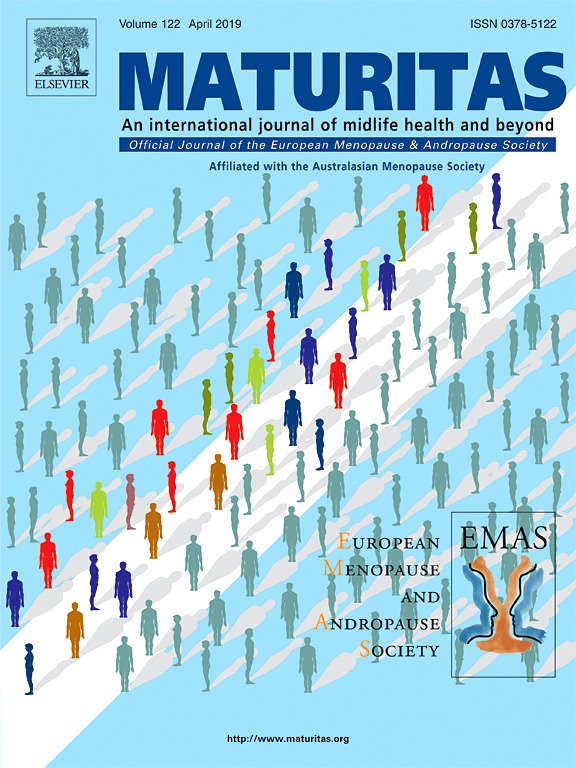Objectively and subjectively measured physical activity and its relationship to cardiovascular risk factors in the elderly: which is most appropriate?

This publication is part of the results obtained in a study conducted by Matia Institute together with the Nursing and Physiology Departments of the University of the Basque Country in the framework of a joint project entitled "Cognitive functioning and its relationship with physical activity habits, nutrition and oxidative stress in the elderly" funded by the Basque Government.
Objectives: To determine the degree of relationship between objectively and subjectively measured physical activity (PA) and cardiovascular risk factors (CVRF) in a sample of older adults to assess which PA measure is most appropriate for use in this population. Study design and outcome measures: 95 community participants (61 women and 34 men, aged 60 to 85 years) were recruited to conduct this cross-sectional study. We included people aged 60 years or older who were able to perform basic activities of daily living, such as dressing and bathing, and who lived alone or with a partner. Data collection included anthropometric measurements, blood tests, and objective and subjective PA measurements using accelerometers and the Yale PA questionnaire for the elderly, respectively.
Results: Although the questionnaire indicated a higher overall rate (total score) of PA in men than in women, objective measurements of total PA (measured counts per minute and steps per day) did not differ by sex. However, different results were obtained between women and men when the relationship between objective and subjective parameters of PA and CVRF was analyzed. In women, parameters indicating cardiovascular risk, such as body mass index (BMI), waist circumference (WC), glucose and total cholesterol, were negatively correlated with objective PA parameters, whereas HDLc was positively correlated with objective PA parameters and negatively correlated with subjective PA parameters. In men, BMI and CC correlated negatively with objective PA parameters, while blood cholesterol, LDLc and triglycerides correlated negatively with subjective PA parameters.
Conclusions: In women, it seems more appropriate to use objective methods to measure PA, whereas in men, objective and subjective methods seem to be complementary. Both measurement methods, accelerometers and questionnaires, should be used simultaneously in research studies in older populations to establish precise relationships between PA and cardiovascular risk.

